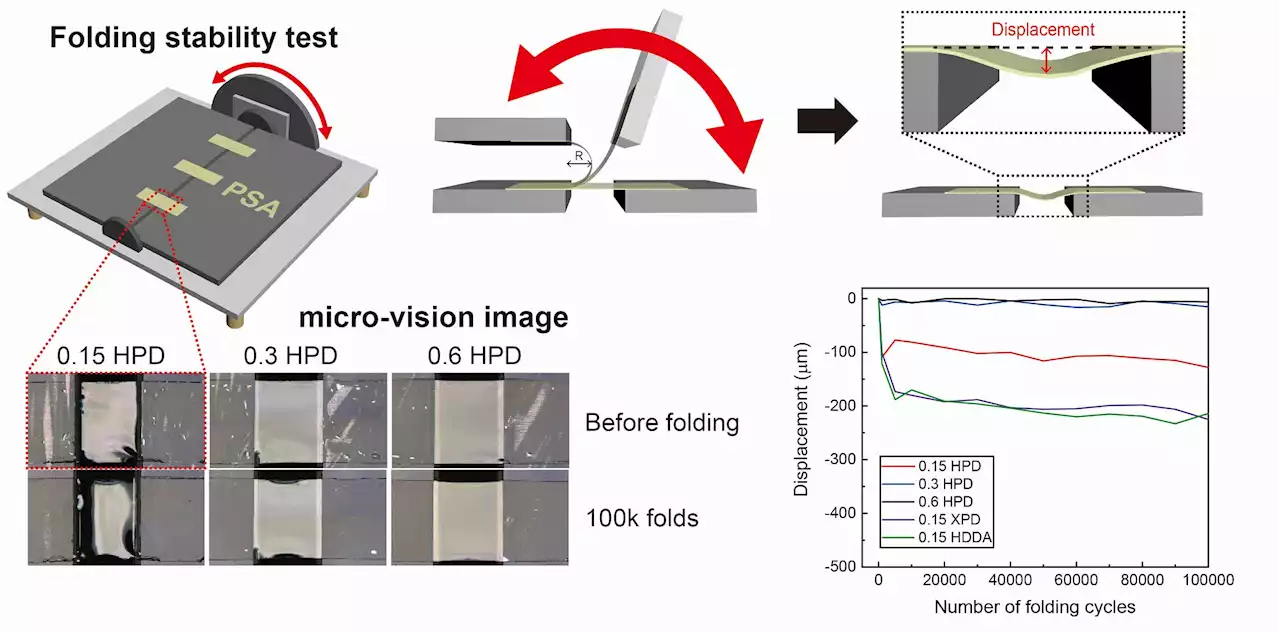The rapid advancements in flexible electronic technology have led to the emergence of innovative devices such as foldable displays, wearables, e-skin, and medical devices. These breakthroughs have created a growing demand for flexible adhesives that can quickly recover their shape while effectively connecting various components in these devices.
) groups serving as soft segments. By incorporating these newly synthesized materials into pressure-sensitive adhesives, they achieved significantly improved recoverability compared to traditional methods.XDI-PEG diacrylate demonstrated exceptional recovery properties while maintaining high adhesion strength .
Furthermore, even after subjecting the adhesive to strains up to 20%, it displayed high optical transmittance , making it suitable for fields such as foldable displays that demand not only flexibility but also optical clarity.that require both high flexibility and rapid recovery characteristics," said Professor Lee."Our research addresses the long-standing challenge of balancing adhesion strength and resilience, opening up new avenues for the development of flexible electronic devices.
Hyunok Park, a researcher involved in the study, emphasized the significance of this research by stating,"The introduction of this new crosslinking structure has led to an adhesive with exceptional adhesion and recovery properties. We believe it will drive future advancements in adhesive research while contributing to further developments in flexible electronics.
Australia Latest News, Australia Headlines
Similar News:You can also read news stories similar to this one that we have collected from other news sources.
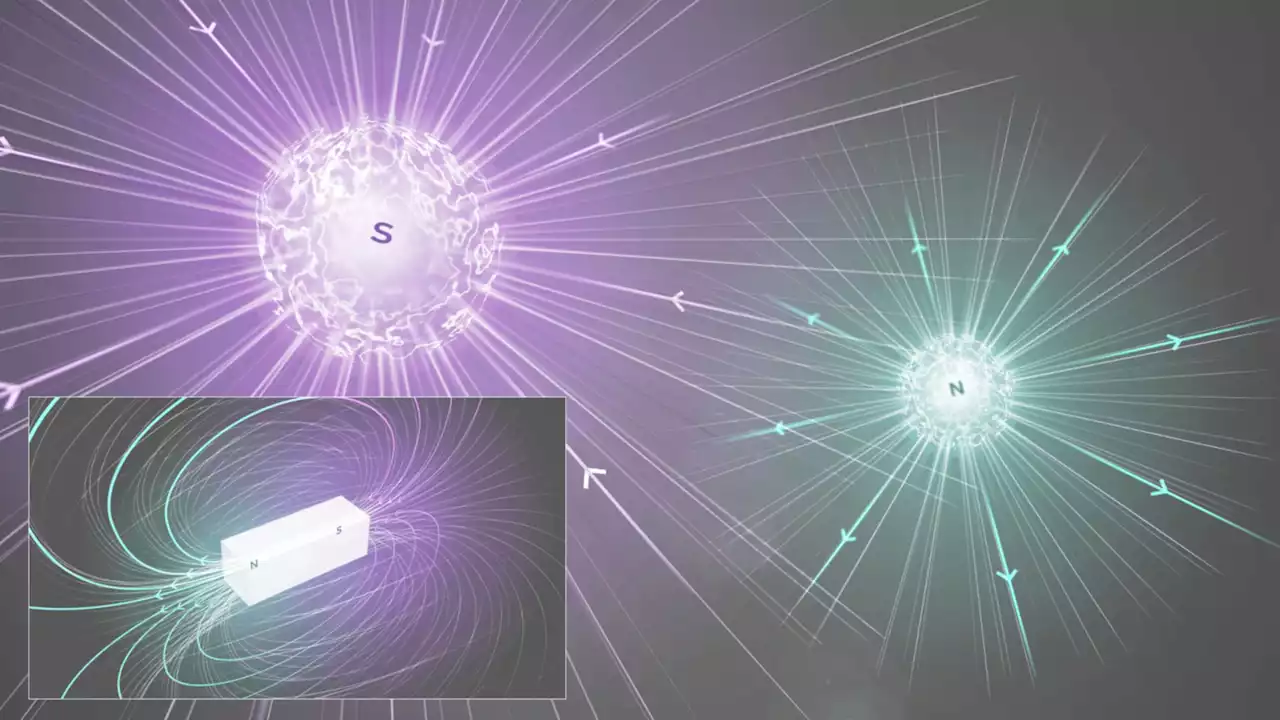 CERN researchers continue to look for elusive monopolesMagnetic monopoles are consistent with quantum mechanics and are called 'as one of the safest bets that one can make about physics not yet seen.”
CERN researchers continue to look for elusive monopolesMagnetic monopoles are consistent with quantum mechanics and are called 'as one of the safest bets that one can make about physics not yet seen.”
Read more »
 In major breakthrough, researchers close in on potential preeclampsia cureResearchers have achieved a significant breakthrough in identifying the primary cause and potential treatment for preeclampsia, a severe pregnancy complication. Experts pinpointed a toxic protein named cis P-tau in the blood and placenta of individuals with preeclampsia. The study describes cis P-tau as a pivotal circulating instigator of preeclampsia. An antibody developed in 2012 to target only the toxic protein while leaving its healthy counterpart unscathed is currently undergoing clinical trials in human patients suffering from traumatic brain injury and Alzheimer's Disease. The antibody has shown promising results in animal models and human cell cultures in treating the brain conditions. Upon testing this antibody in mice, the researchers found the all symptoms associated with preeclampsia were corrected.
In major breakthrough, researchers close in on potential preeclampsia cureResearchers have achieved a significant breakthrough in identifying the primary cause and potential treatment for preeclampsia, a severe pregnancy complication. Experts pinpointed a toxic protein named cis P-tau in the blood and placenta of individuals with preeclampsia. The study describes cis P-tau as a pivotal circulating instigator of preeclampsia. An antibody developed in 2012 to target only the toxic protein while leaving its healthy counterpart unscathed is currently undergoing clinical trials in human patients suffering from traumatic brain injury and Alzheimer's Disease. The antibody has shown promising results in animal models and human cell cultures in treating the brain conditions. Upon testing this antibody in mice, the researchers found the all symptoms associated with preeclampsia were corrected.
Read more »
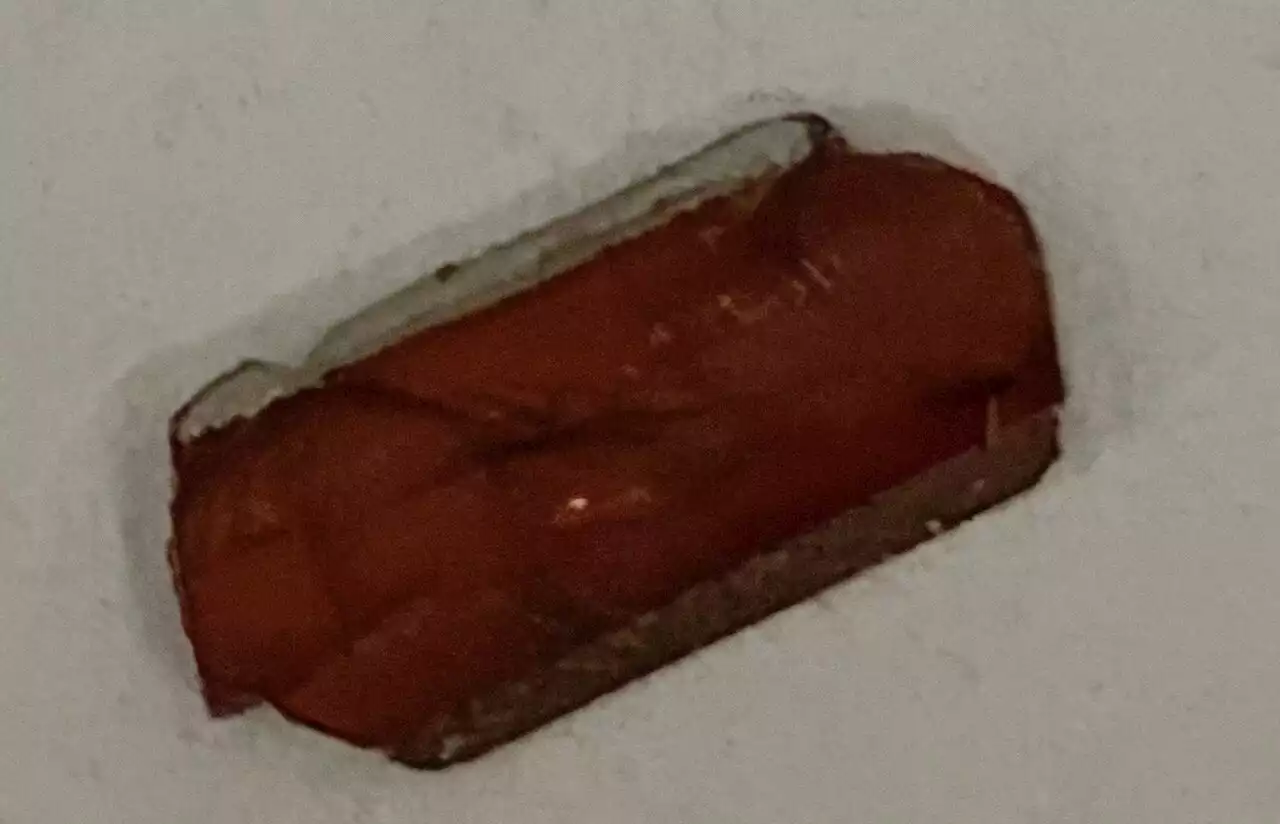 Researchers uncover unconventional charge carriers in a triangular-lattice Mott insulatorMott insulators are a peculiar class of materials with structures that should theoretically conduct electricity, but that are instead insulators. These materials contain strongly correlated electrons, which can generate highly entangled many-body states marked by unconventional excitations.
Researchers uncover unconventional charge carriers in a triangular-lattice Mott insulatorMott insulators are a peculiar class of materials with structures that should theoretically conduct electricity, but that are instead insulators. These materials contain strongly correlated electrons, which can generate highly entangled many-body states marked by unconventional excitations.
Read more »
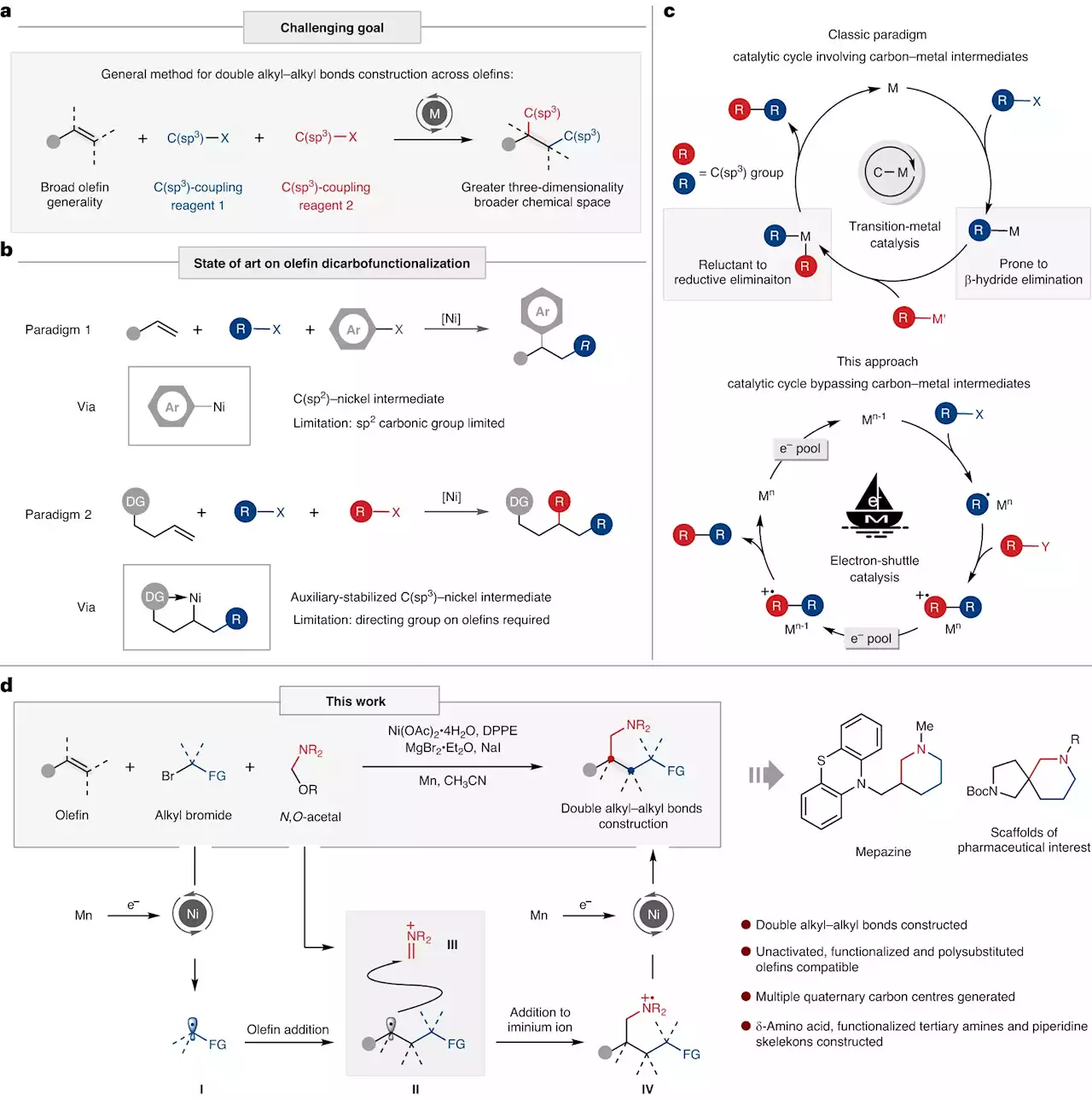 Researchers propose novel paradigm of metal electron-shuttle catalysisProfessor Huang Hanmin's research team from the University of Science and Technology of China (USTC) of the Chinese Academy of Sciences (CAS) proposed a new paradigm of metal electron-shuttle catalysis, which has been pioneeringly employed to achieve alkylative aminomethylation of unactivated alkene for the first time. Their work was published in Nature Catalysis on August 21.
Researchers propose novel paradigm of metal electron-shuttle catalysisProfessor Huang Hanmin's research team from the University of Science and Technology of China (USTC) of the Chinese Academy of Sciences (CAS) proposed a new paradigm of metal electron-shuttle catalysis, which has been pioneeringly employed to achieve alkylative aminomethylation of unactivated alkene for the first time. Their work was published in Nature Catalysis on August 21.
Read more »
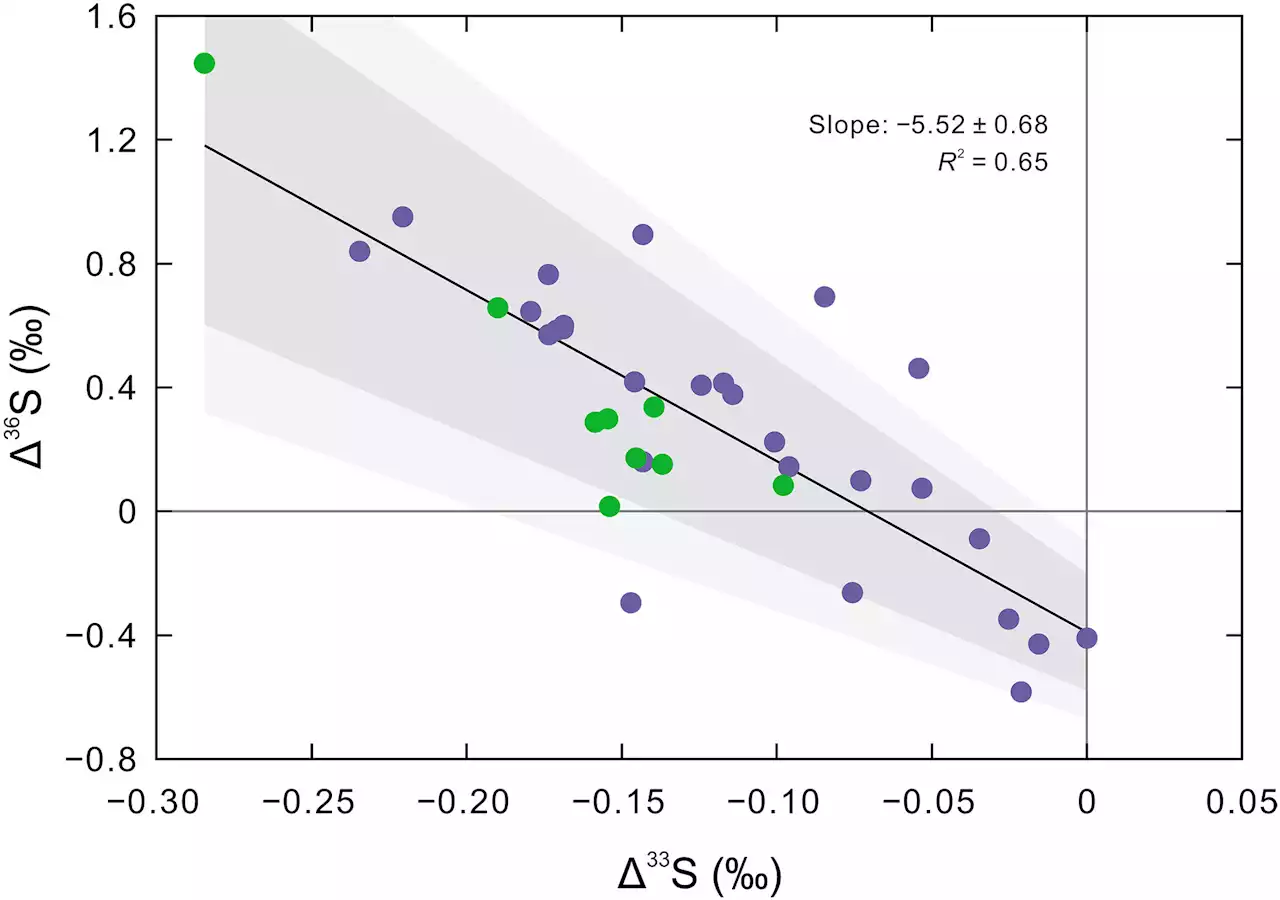 Researchers illuminate 'Snowball Earth' melting and early life evolutionA research team led by Prof. Shen Yan'an from the University of Science and Technology of China (USTC) of the Chinese Academy of Sciences (CAS) conducted a systematic study of the interglacial stratigraphy in South China by means of high-precision sulfur and mercury isotope analyses.
Researchers illuminate 'Snowball Earth' melting and early life evolutionA research team led by Prof. Shen Yan'an from the University of Science and Technology of China (USTC) of the Chinese Academy of Sciences (CAS) conducted a systematic study of the interglacial stratigraphy in South China by means of high-precision sulfur and mercury isotope analyses.
Read more »
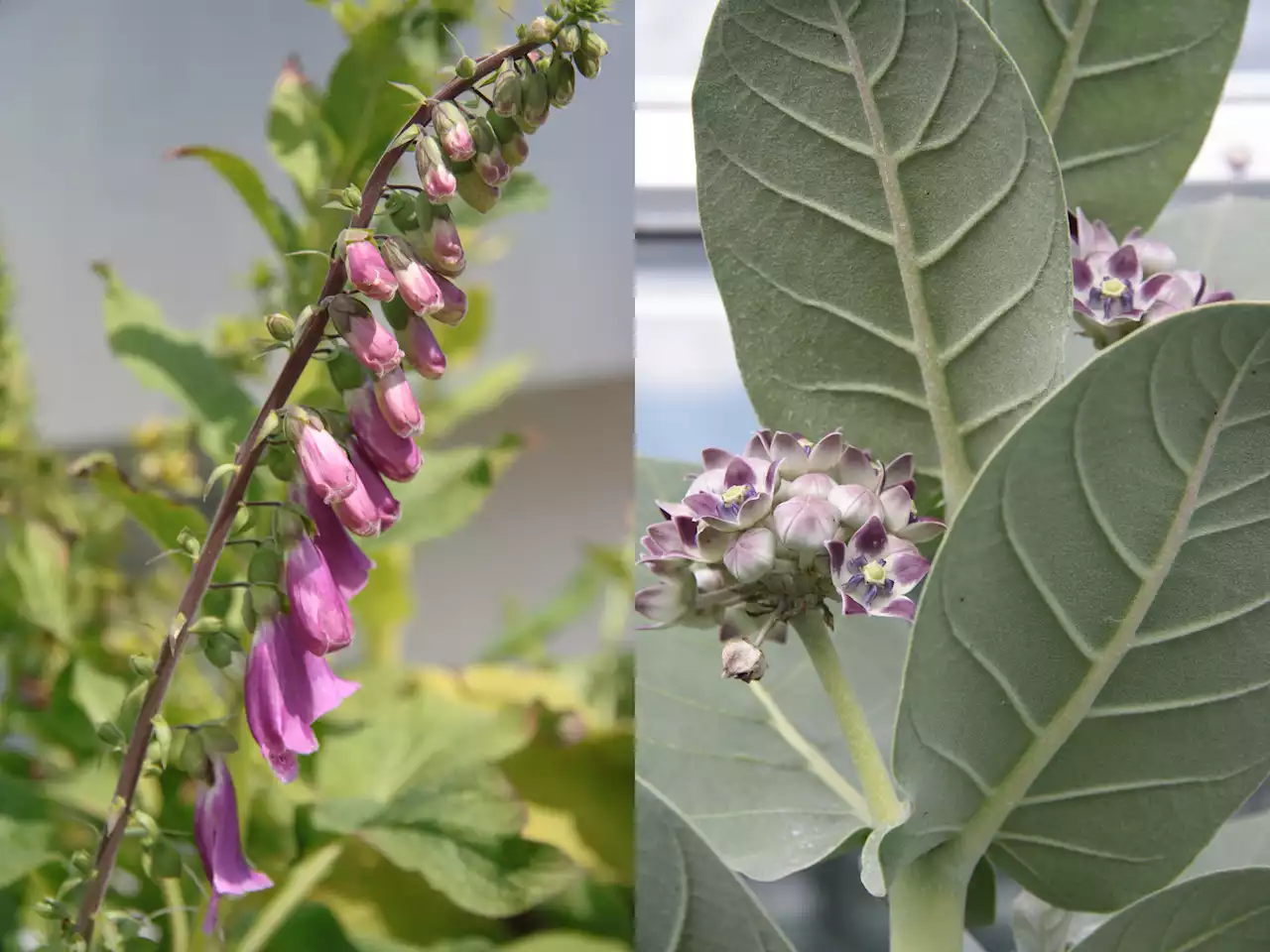 Researchers study the formation of cardenolides in plantsScientists at the Max Planck Institute for Chemical Ecology in Jena are investigating the previously largely unknown biosynthetic pathway that leads to the formation of cardenolides in plants.
Researchers study the formation of cardenolides in plantsScientists at the Max Planck Institute for Chemical Ecology in Jena are investigating the previously largely unknown biosynthetic pathway that leads to the formation of cardenolides in plants.
Read more »
